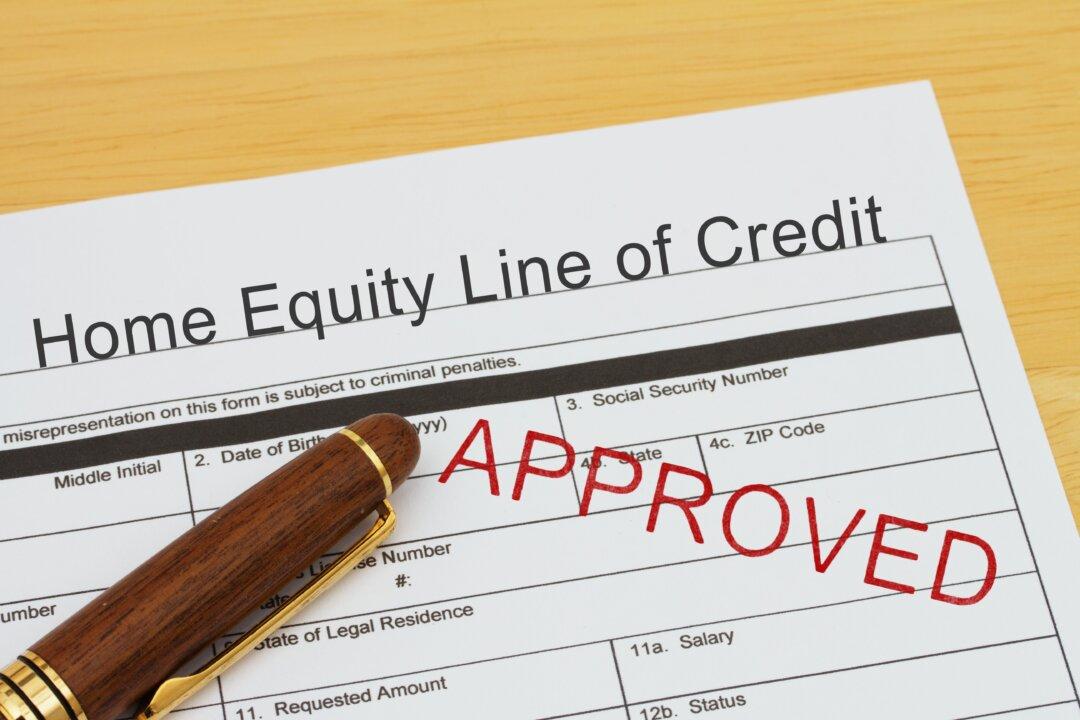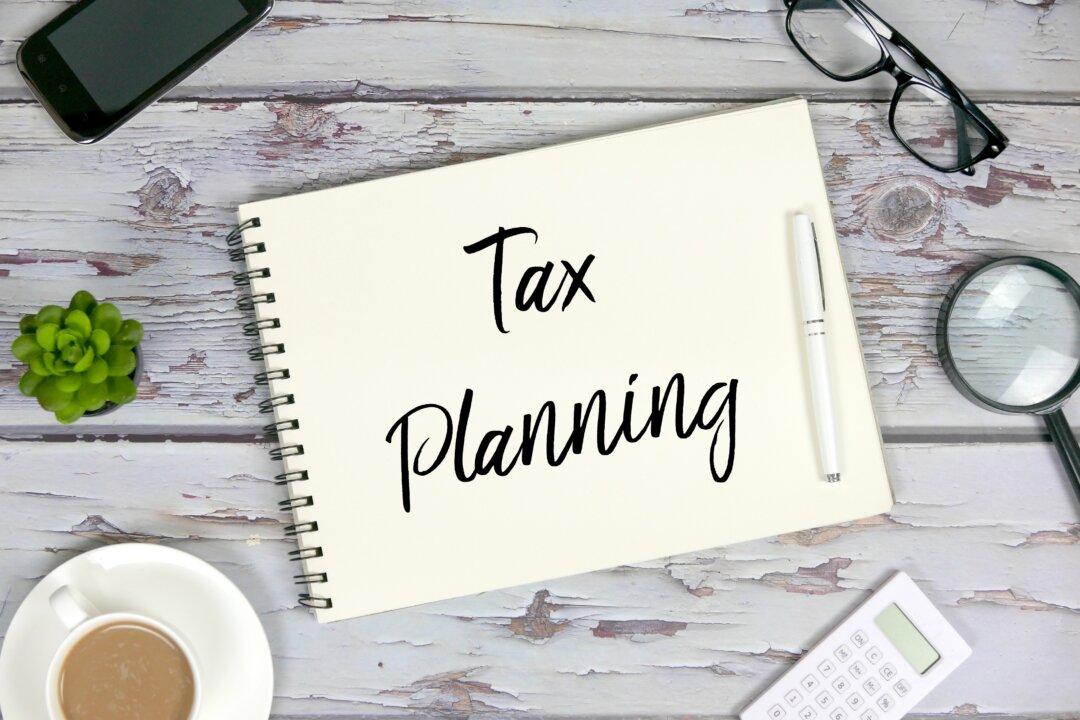Are you looking to unlock the potential of your home’s equity and wondering how to use a home equity lines of credit (HELOC) to your advantage? A HELOC provides you with a line of credit secured by your home, offering greater flexibility to tackle projects that demand substantial upfront investments.
But because a HELOC is collateralized by your home, you should consider the home equity line of credit pros and cons before using one.
In this article, we’ll explore the ins and outs of HELOCs, shedding light on the benefits of home equity line of credit and how they can be a valuable financial tool for homeowners.
Discover the advantages and potential pitfalls, and learn when and how to use a HELOC wisely.
Understanding HELOC Pros and Cons
A HELOC is a revolving line of credit, much like a credit card. According to the Consumer Trade Commission, the difference is that a HELOC allows you to borrow against your home equity, with your home acting as collateral.
You can typically borrow 60–85 percent of your home’s equity. A majority of HELOCs have variable interest rates, typically with a rate cap.
Before delving into the details of using a HELOC, it’s essential to grasp the home equity line of credit pros and cons.
Understanding the potential HELOC advantages and drawbacks will help you make informed decisions.





